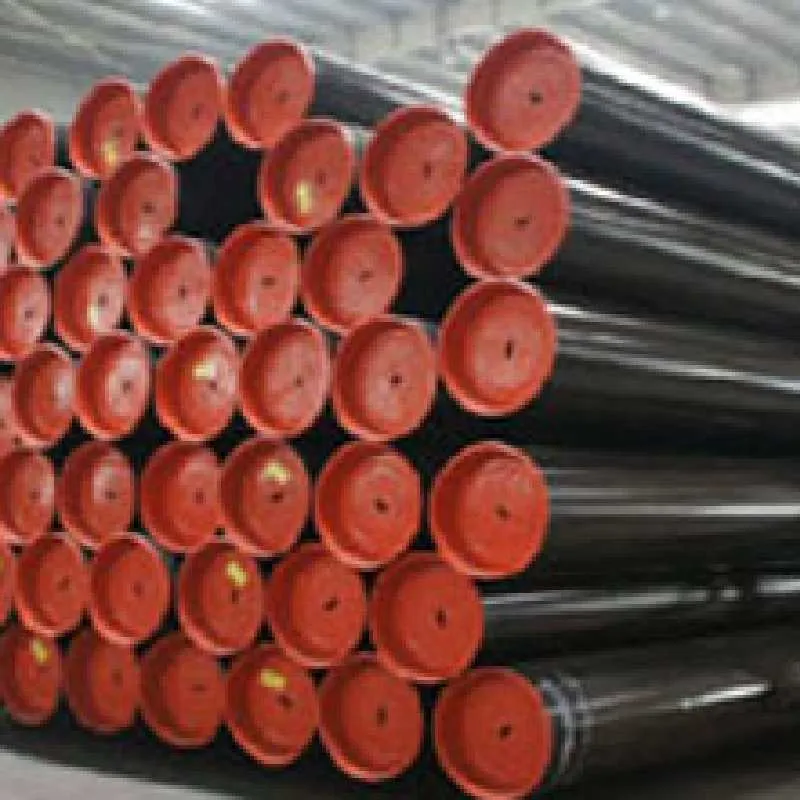-
Cangzhou Yulong Steel Co., Ltd.
-
Phone:
+86 13303177267 -
Email:
admin@ylsteelfittings.com
- English
- Arabic
- Italian
- Spanish
- Portuguese
- German
- kazakh
- Persian
- Greek
- French
- Russian
- Polish
- Thai
- Indonesian
- Vietnamese
- Zulu
- Korean
- Uzbek
- Hindi
- Serbian
- Malay
- Ukrainian
- Gujarati
- Haitian Creole
- hausa
- hawaiian
- Hebrew
- Miao
- Hungarian
- Icelandic
- igbo
- irish
- Japanese
- Javanese
- Kannada
- Khmer
- Rwandese
- Afrikaans
- Albanian
- Amharic
- Armenian
- Azerbaijani
- Basque
- Belarusian
- Bengali
- Bosnian
- Bulgarian
- Catalan
- Cebuano
- China
- China (Taiwan)
- Corsican
- Croatian
- Czech
- Danish
- Esperanto
- Estonian
- Finnish
- Frisian
- Galician
- Georgian
- Kurdish
- Kyrgyz
- Lao
- Latin
- Latvian
- Lithuanian
- Luxembourgish
- Macedonian
- Malgashi
- Malayalam
- Maltese
- Maori
- Marathi
- Mongolian
- Myanmar
- Nepali
- Norwegian
- Norwegian
- Occitan
- Pashto
- Dutch
- Punjabi
- Romanian
- Samoan
- Scottish Gaelic
- Sesotho
- Shona
- Sindhi
- Sinhala
- Slovak
- Slovenian
- Somali
- Sundanese
- Swahili
- Swedish
- Tagalog
- Tajik
- Tamil
- Tatar
- Telugu
- Turkish
- Turkmen
- Urdu
- Uighur
- Welsh
- Bantu
- Yiddish
- Yoruba

Dec . 15, 2024 21:38 Back to list
bs1640 weld fittings
Understanding BS 1640 Weld Fittings An Essential Guide
Weld fittings are critical components in various industries, particularly in piping and structural applications. BS 1640 is a British Standard that outlines the specifications for these fittings, ensuring safety, reliability, and compatibility within systems. This article delves into the significance of BS 1640 weld fittings, their specifications, varieties, and applications.
What is BS 1640?
BS 1640, established by the British Standards Institution (BSI), provides guidelines for the design, manufacturing, and testing of weld fittings. This standard is crucial for ensuring that the fittings can withstand the pressures and stresses that occur in different environments, particularly in industries that involve high-temperature and high-pressure systems, such as oil and gas, chemical processing, and power generation.
The Importance of Weld Fittings
Weld fittings are used to connect sections of piping or to change the direction of flow in a piping system. They are typically made from metals like carbon steel, stainless steel, and alloyed substances, allowing them to endure harsh conditions. The use of weld fittings is essential for several reasons
1. Safety Improperly manufactured fittings can lead to catastrophic failures. By adhering to BS 1640 standards, manufacturers ensure that their products are safe for use in various applications.
2. Durability Weld fittings are intended to withstand high pressures and temperatures. The BS 1640 standard ensures that these fittings have the necessary mechanical strength.
3. Interoperability Standardization through BS 1640 allows for easier integration of different components in a system. This is particularly important in large-scale industrial projects where multiple suppliers are involved.
Types of Weld Fittings
BS 1640 covers a range of weld fittings, each designed for specific applications. Some common types include
1. Elbows These fittings allow for directional changes in a piping system, typically at angles of 45 or 90 degrees.
2. Tees Used to create a branch from a main line, tees can facilitate a three-way connection in a pipeline.
3. Reducers These fittings connect pipes of different diameters, allowing for a gradual change in flow size.
4. Caps Used to seal the end of a pipe, ensuring no leakage occurs.
bs1640 weld fittings

5. Flanges While not traditional weld fittings, flanges are often used in conjunction with weld fittings to create strong joints in piping systems.
Manufacturing and Testing
Following BS 1640, the manufacturing process for weld fittings requires rigorous quality control measures. Substantial testing must be conducted to ascertain that the fittings can handle the expected loads. Common tests include
- Hydrostatic Testing This involves filling the fittings with water and pressurizing them to ensure there are no leaks.
- X-ray Inspection Used to detect any internal defects in the welds themselves, ensuring a sound connection.
- Mechanical Testing Assessing the tensile strength, impact resistance, and hardness of the fittings.
Applications of BS 1640 Weld Fittings
The application of BS 1640 weld fittings is vast
- Oil and Gas Industry Weld fittings are extensively used in drilling, transporting, and refining processes, where safety and durability are paramount.
- Chemical Processing In facilities that handle reactive substances, weld fittings are essential to maintain containment and prevent leaks.
- Power Generation Power plants utilize these fittings in steam and cooling systems, ensuring efficient energy transfer and safety.
- Water Supply Municipal water systems rely on weld fittings for reliable transportation of water without leaks.
Conclusion
BS 1640 weld fittings play a vital role in various industrial applications, ensuring safety, reliability, and efficiency in piping systems. Understanding the specifications and types of these fittings is essential for engineers and procurement professionals when designing and implementing infrastructure components. With rigorous manufacturing and testing standards, utilizing BS 1640-compliant fittings ensures that systems operate smoothly and safely, offering peace of mind in critical operations. As industries continue to evolve, so too will the standards governing components like weld fittings, keeping pace with advancements in technology and safety protocols.
Latest news
-
ANSI 150P SS304 SO FLANGE
NewsFeb.14,2025
-
ASTM A333GR6 STEEL PIPE
NewsJan.20,2025
-
ANSI B16.5 WELDING NECK FLANGE
NewsJan.15,2026
-
ANSI B16.5 SLIP-ON FLANGE
NewsApr.19,2024
-
SABS 1123 FLANGE
NewsJan.15,2025
-
DIN86044 PLATE FLANGE
NewsApr.19,2024
-
DIN2527 BLIND FLANGE
NewsApr.12,2024
-
JIS B2311 Butt-Welding Fittings LR/SR 45°/90° /180°Seamless/Weld
NewsApr.23,2024











